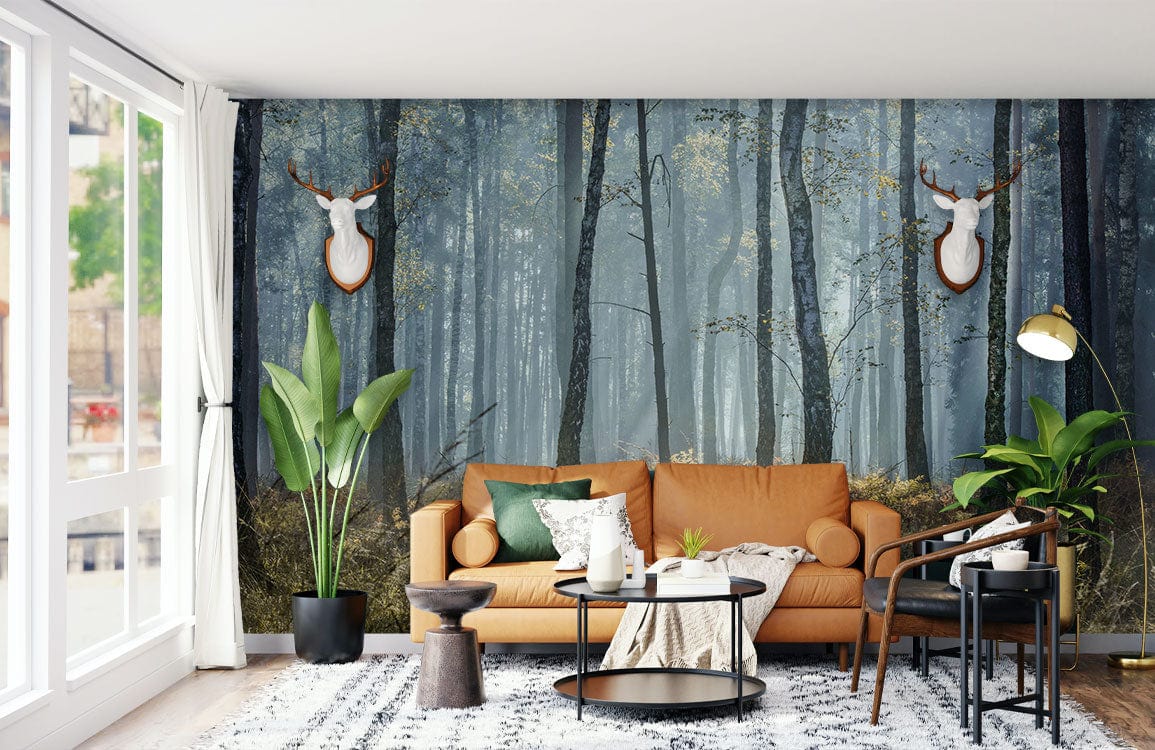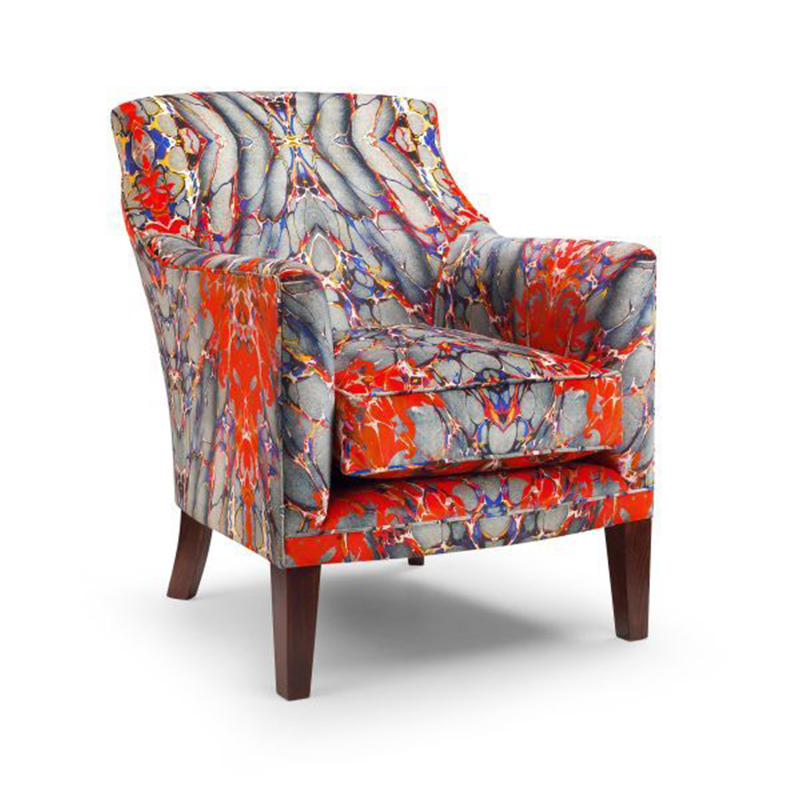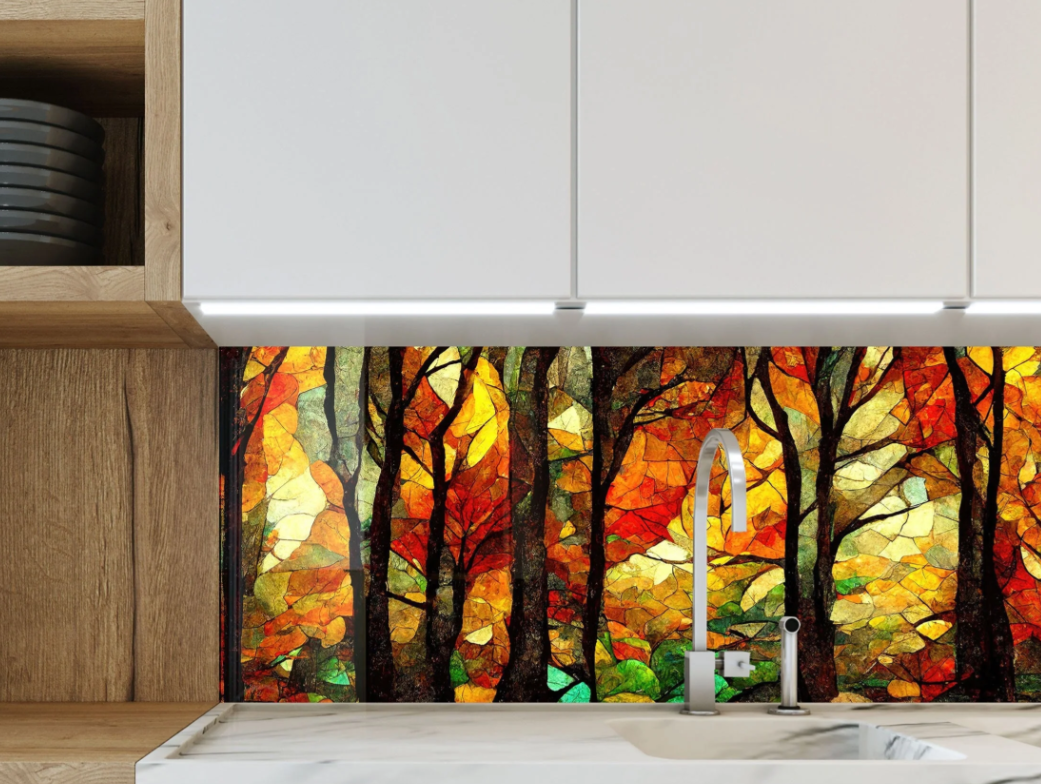
Digital printing has emerged as a revolutionary technology in the world of interior design and decor. By enabling high-quality, customizable designs across various materials, digital printing offers designers and homeowners the ability to create personalized and visually stunning environments. From vibrant wallpapers and artistic wall murals to customized furniture and textiles, this technology is reshaping how we think about interior aesthetics.
This article explores how digital printing is driving innovation in interior design, its advantages over traditional methods, and the exciting possibilities it offers for creating unique and personalized spaces.
The demand for personalized and sustainable design solutions has propelled the adoption of digital printing in the interior decor industry. Unlike traditional manufacturing techniques, digital printing allows for intricate designs to be reproduced with exceptional detail, vibrant colors, and on a variety of surfaces.
Early adopters of this technology were limited to small-scale projects due to high costs and limited material options. However, advancements in printheads, inks, and substrate compatibility have made digital printing more accessible and versatile, allowing it to be applied to everything from walls and floors to furniture and textiles.
Digital printing has revolutionized the creation of wallpapers and murals. Designers can now produce bespoke wall coverings tailored to a client’s preferences, whether it’s an abstract design, a scenic landscape, or a family photo.

Custom-printed furniture and upholstery have become a trend among designers seeking to create statement pieces. Digital printing can be used to apply intricate patterns, textures, or even photographic designs onto fabric, wood, or metal surfaces.

Digital printing has expanded into flooring, allowing for unique designs on tiles, vinyl, and laminate flooring. From realistic wood grain and stone textures to abstract patterns, digital printing adds a layer of creativity to interior spaces.
From curtains and rugs to throw pillows and bed linens, digital printing provides endless customization options for textiles used in interior design.
Digital printing on glass and decorative panels is gaining popularity in modern interior design. This application is particularly common in kitchens, bathrooms, and office spaces.

Digital printing empowers designers and homeowners to create bespoke spaces that reflect personal tastes. Whether it’s a specific color scheme or a unique design concept, digital printing makes it achievable.
With digital printing, intricate patterns, vivid colors, and detailed imagery can be applied to various materials, including fabric, glass, wood, metal, and ceramic.
Digital printing often uses eco-friendly inks and substrates, reducing the environmental impact compared to traditional manufacturing processes. On-demand production also minimizes waste.
Unlike traditional methods that require expensive setup processes for large production volumes, digital printing is cost-effective for short runs or custom orders.
Despite its many advantages, digital printing for interior design is not without challenges:
The integration of digital printing with other technologies, such as augmented reality (AR) and 3D printing, is set to redefine interior design. These advancements will allow designers to visualize and customize prints in real-time, ensuring precise results. Additionally, ongoing research into sustainable inks and substrates will further enhance the eco-friendliness of digital printing.
As technology continues to evolve, the potential applications for digital printing in interior decor will only expand, making it an essential tool for designers aiming to create unique, functional, and aesthetically pleasing spaces.
Digital printing has brought a new dimension to interior design, offering unprecedented levels of creativity, customization, and sustainability. From bespoke wallpapers and textiles to innovative flooring and furniture, the possibilities are virtually limitless.
At HOLDWIN, we are dedicated to harnessing the power of digital printing to transform spaces and redefine the boundaries of interior decor. By combining cutting-edge technology with a commitment to sustainability and design excellence, we strive to help designers and homeowners bring their visions to life.
References:

Zhiyu is passionate about good products, good services, and good prices to let consumers know that choosing us is the right choice! For partners and end customers, we will provide one-on-one considerate smart services and provide you with more high-quality procurement solutions.